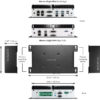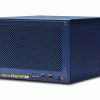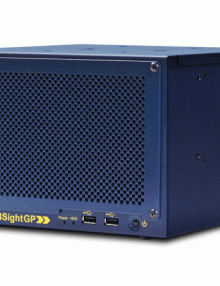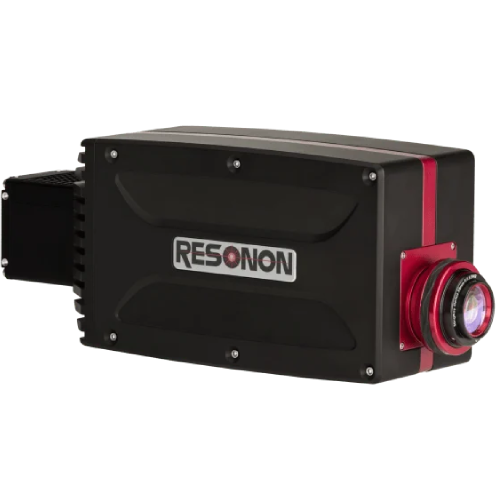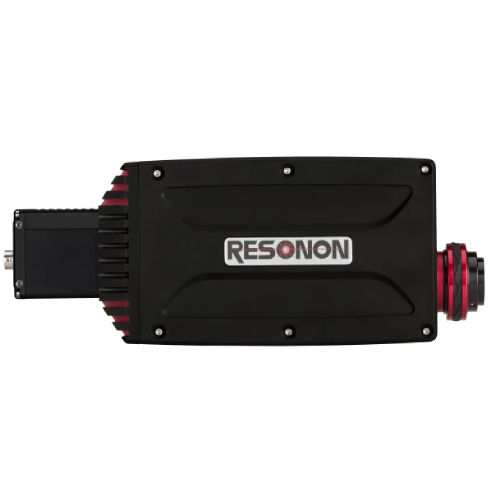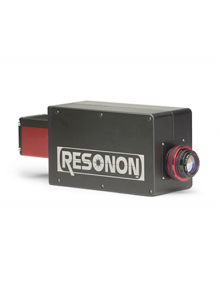Description
Camera and PC together as one
Matrox Iris GTR combines fast image sensing, efficient embedded processing and comprehensive I/O capabilities for an effective all-in-one vision system. It comes with a CMOS image sensor of choice, from a range of increasing resolution in monochrome or color, to meet an application’s requirement for scene coverage and detail, type of analysis and throughput. An Intel® Celeron® dual-core processor running Microsoft® Windows® or Linux® gives Matrox Iris GTR the power it needs to perform regular inspection tasks at typical rates on a familiar software platform. Digital I/Os, Gigabit Ethernet and USB ports, and a VGA video output provide the connectivity to fully integrate the Matrox Iris GTR within an automation cell or machine.
Fit for cramped and dirty areas
Matrox Iris GTR occupies a small footprint enabling it to fit in tight spaces. It features an IP67-rated housing and robust M12 connectors for its external interfaces, allowing it to operate in dusty, wet and other demanding conditions1. The Matrox Iris GTR accepts standard C-mount lenses within a dust and liquid proof protective cap. It provides within this cap an interface to a Varioptic Caspian auto-focus lens, enabling focus adjustment directly from the application software. In addition, an LED lighting intensity control output, compatible with Advanced illumination’s (Ai) Inline Control System (ICS) 3 lighting control, enables direct adjustments from the application software. The ability to adjust the lens focus and control illumination intensity directly from the application software eliminates the need for manual intervention in hard to reach places.
Prompt and dependable response
The digital I/Os on the Matrox Iris GTR are managed by a dedicated hardware engine for real-time performance. The real-time I/O engine enables an output event to occur at either a precise moment in time, after a certain elapsed time or following a specific input event. An input event can come directly from an input, including from an incremental rotary encoder or a count derived from an input. A programmed output event is stored in a hardware list, which is traversed based on a clock or an input event. The carrying out of an output event results in a state transition, pulse or pulse train on a specific output.
Multiple hardware timers, which can be cascaded together, are available to count or generate specific events.
Matrox Iris GTR also includes a hardware-assisted mechanism for PROFINET communication. This mechanism ensures timely response when the automation controller is set up for a short cycle time or when the processor is too busy performing other tasks.

